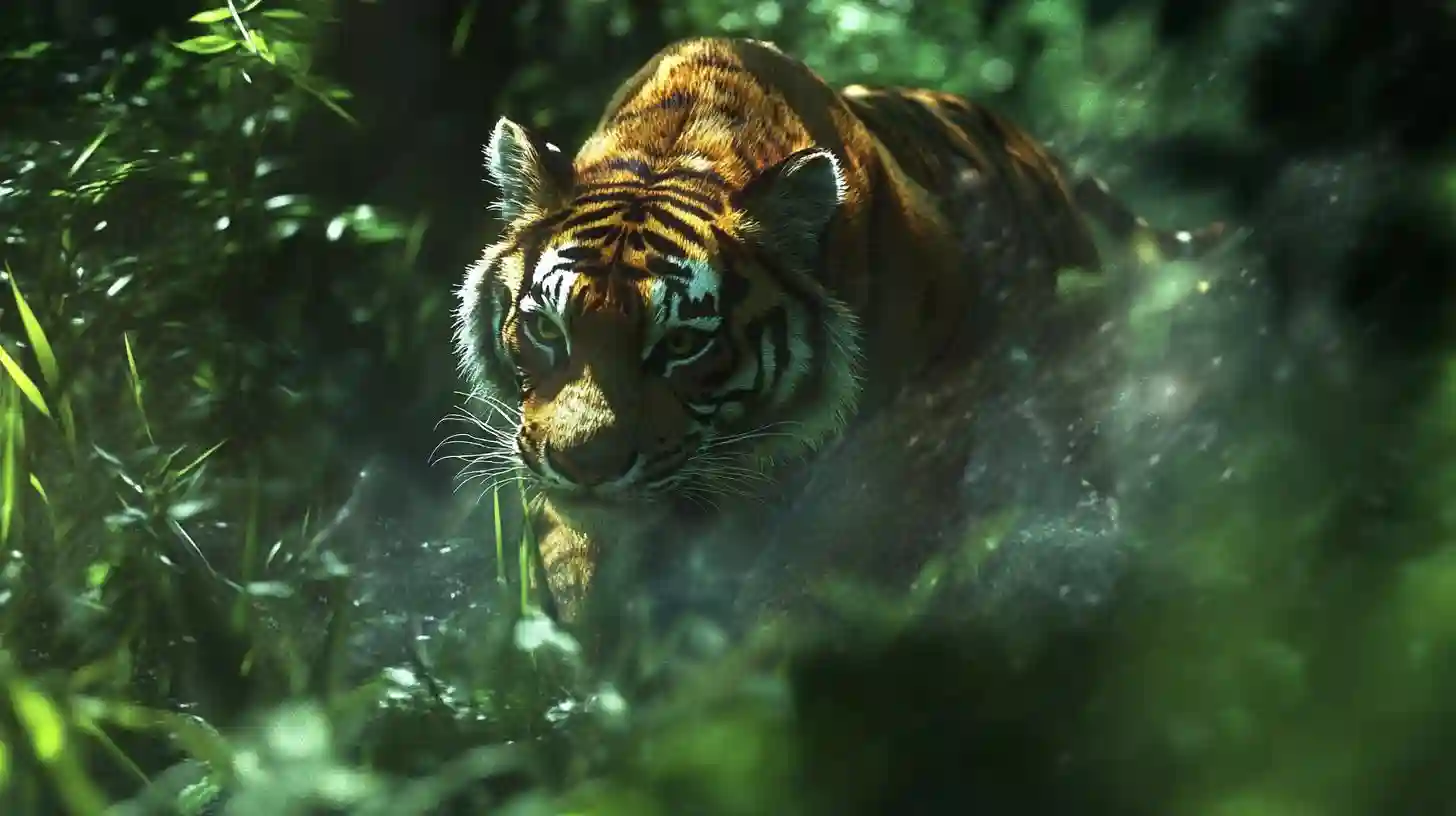
The running tiger embodies the raw beauty and strength of the animal kingdom. Found primarily in Asia, these majestic creatures are a crucial part of numerous ecosystems, showcasing the delicate balance of nature. The tiger, scientifically known as Panthera tigris, is an apex predator, which means it is at the top of the food chain, playing a pivotal role in managing the populations of other species in its habitat.
Tigers are known for their distinctive orange coat adorned with black stripes. This unique pattern serves a vital purpose; not only does it enable them to blend into the dappled shadows of the forest, but it also provides excellent camouflage while stalking their prey. Each tiger has a unique stripe pattern, much like human fingerprints, which helps researchers identify individuals in the wild. The beauty of the tiger goes beyond just its physical appearance; these animals exhibit a range of behaviors and characteristics that paint a broader picture of their role in the ecosystem.
One of the most fascinating aspects of the running tiger is its incredible physical prowess. Tigers are built for power and speed, capable of running short distances at impressive speeds. Their muscular bodies, large paws, and retractable claws make them formidable hunters. Unlike other big cats that often rely on stealth, tigers use their strength to pounce on unsuspecting prey. They are solitary hunters, unlike lions that hunt in prides, which adds a layer of complexity to their hunting strategies. A single tiger may stalk and ambush creatures such as deer, wild boar, or even larger prey like water buffalo.
However, the life of a running tiger is fraught with challenges. Habitat loss due to deforestation, poaching, and human encroachment has significantly reduced their populations. These challenges illustrate the intricate relationship between tigers and their environment. Tigers require vast territories to thrive, and as humans expand into their habitats, the delicate balance of the ecosystem is disrupted. This not only poses a threat to the tigers themselves but also endangers countless other species that share their habitat.
The plight of the running tiger has not gone unnoticed. Conservation efforts are ramping up globally, with numerous organizations dedicated to protecting these magnificent creatures and their habitats. Initiatives range from anti-poaching campaigns to community outreach programs designed to educate people about the importance of preserving the tiger’s habitat. National parks and reserves serve as sanctuaries where these animals can roam freely, fostering biodiversity and promoting ecological health. The protection of tigers leads to the safeguarding of entire ecosystems, highlighting their role as keystone species.
Breeding programs in captivity also play a critical role in the conservation of the running tiger. These programs aim to increase tiger populations and educate the public about the importance of conservation. Captive breeding allows for genetic diversity and the possibility of reintroducing tigers into the wild, providing a glimmer of hope for future generations. Furthermore, research conducted in these programs contributes to a greater understanding of tiger behavior, health, and genetics, which can enhance conservation strategies in the wild.
The cultural significance of tigers cannot be overlooked. They are deeply rooted in mythology and folklore throughout many Asian cultures, symbolizing strength, bravery, and power. This reverence for the tiger can be harnessed in conservation efforts, encouraging local communities to protect their natural heritage. By fostering a sense of pride and responsibility regarding their wildlife, local populations can become powerful allies in the fight to save these magnificent animals.
As the world continues to grapple with environmental challenges, the fate of the running tiger serves as a stark reminder of the interconnectedness of all living things. Each tiger that roams the forests is not only a symbol of wilderness but a crucial player in the ecological story of our planet. The story of the running tiger is one of awe and inspiration, filled with lessons about resilience, strength, and the imperative to protect our natural world. The journey of recognizing our shared responsibility to ensure their survival is ongoing, reminding us that every effort counts, and every action has the power to make a lasting impact.